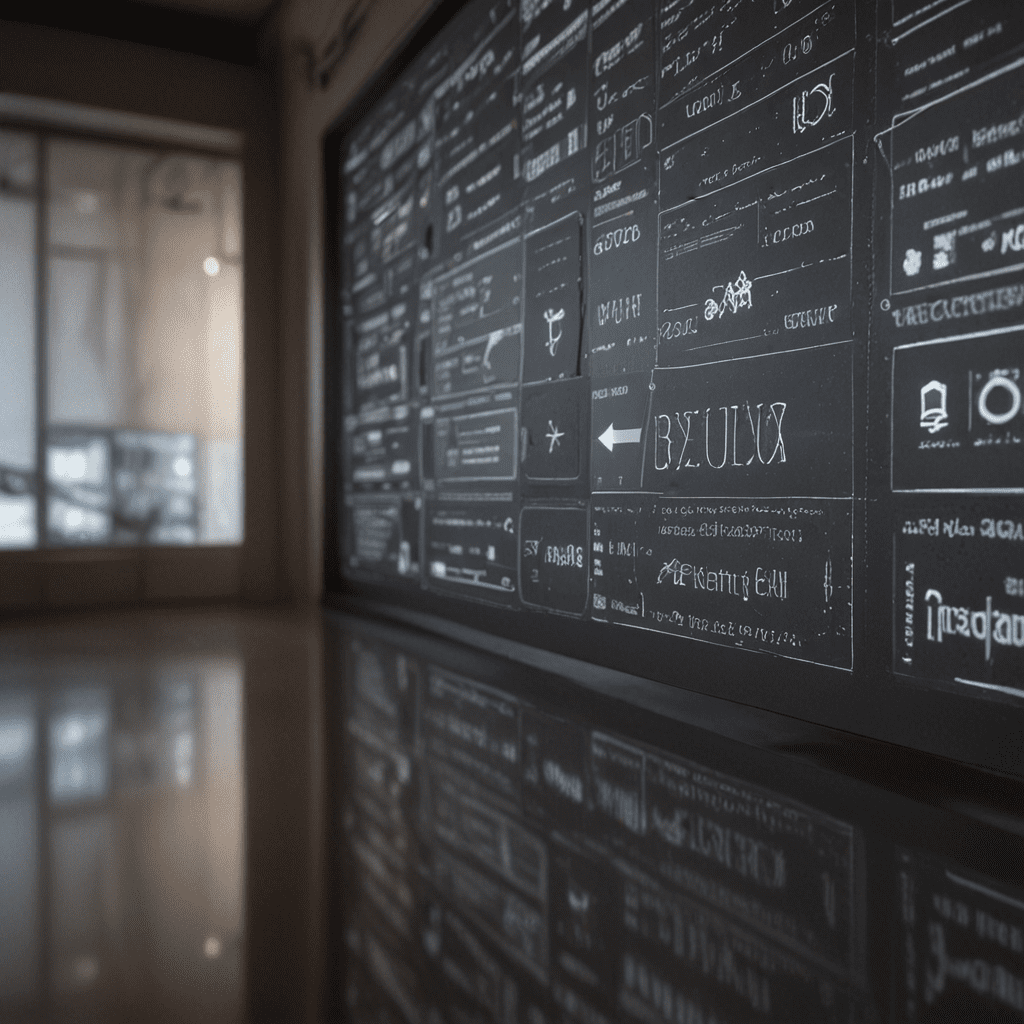
Exploring the Importance of User-Centered Design in UX
User-centered design (UCD) is an approach to software or website design that prioritizes the user's needs and preferences throughout the design and development process. UCD aims to create products that are intuitive, easy to use, and meet the specific needs of the target user group.
What is User-Centered Design?
UCD is based on the principle that users' opinions and input should play a central role in product design. This approach involves actively seeking feedback from users and incorporating their insights into the design process. UCD practitioners believe that by understanding the user's mental models, tasks, and goals, designers can create products that are more satisfying and effective.
Benefits of User-Centered Design in UX
UCD offers numerous benefits for UX design, including:
Improved User Satisfaction: UCD products align better with user expectations and needs, leading to increased user satisfaction and positive reviews.
Enhanced Product Usability: UCD prioritizes ease of use, making products more intuitive and efficient, improving the overall user experience.
Increased User Engagement: Intuitive and engaging products encourage users to stay engaged with the product for longer periods, increasing retention and loyalty.
- Reduced Development Costs: UCD can identify potential issues and usability problems early on, reducing the need for costly post-release fixes and redesigns.
Key Principles of User-Centered Design
UCD is guided by several key principles, including:
User Research: Understanding the target user group is crucial in UCD. This involves conducting user interviews, surveys, and observations to gather insights into their needs, behaviors, and preferences.
User Feedback: Active feedback from users throughout the design process ensures their opinions and experiences are considered. This can be obtained through usability testing, surveys, and user forums.
Iterative Design: UCD embraces an iterative design approach, where designs are continuously improved based on user feedback. This allows for early detection of usability issues and ensures the final product meets user expectations.
Tools and Techniques for User-Centered Design
Various tools and techniques are employed in UCD, such as:
User Personas: These are fictional characters that represent the typical users of a product. They help designers empathize with the user's perspective and develop solutions that address their specific needs.
User Scenarios: These describe typical user goals and tasks, providing a context for design decisions. They help designers understand how users will interact with the product in real-world situations.
User Testing: This involves observing and recording actual user interactions with the product. It helps identify usability problems, gauge user satisfaction, and validate design decisions.
Challenges of User-Centered Design
While beneficial, UCD can face certain challenges, including:
Time and Resource Constraints: Conducting thorough user research and involving users throughout the design process can be time-consuming and resource-intensive.
Stakeholder Buy-in: Stakeholders may not always prioritize user-centered design, leading to potential conflicts with other project objectives, such as deadlines or budgets.
Bias and Subjectivity: Designers' own biases and experiences can influence their interpretation of user research findings, potentially affecting design decisions.
Best Practices for User-Centered Design
To maximize the effectiveness of UCD, consider these best practices:
Involve Users Early and Often: Engage users at every stage of the design process, from research to testing.
Gather Qualitative and Quantitative Data: Collect both subjective feedback from user interviews and objective data from usage analytics to gain a comprehensive understanding of user behavior.
Focus on Problem-Solving: Approach design with a problem-solving mindset, aiming to identify and address user pain points and unmet needs.
Return on Investment (ROI) of User-Centered Design
UCD can deliver significant return on investment (ROI) for businesses, including:
Increased Customer Loyalty: Satisfied users are more likely to become loyal customers and advocate for the product.
Improved Brand Reputation: Positive user experiences enhance brand reputation and increase customer trust.
Reduced Support Costs: Well-designed products require less support and lead to reduced customer service costs.
Case Studies of Successful User-Centered Design
Numerous companies have successfully applied UCD to create user-friendly products, including:
Airbnb: Its user-centric approach to web design, mobile app, and overall user experience has contributed to its popularity as a travel booking platform.
Netflix: Its focus on personalized recommendations and an intuitive user interface has made it a leading streaming service.
Spotify: Its user research-driven design has resulted in a seamless music streaming experience, contributing to its global dominance in the music industry.
Conclusion
User-centered design is crucial for creating user-friendly and satisfying products. By involving users throughout the design process, gathering their feedback, and employing iterative design principles, businesses can enhance user satisfaction, product usability, and overall user engagement. While challenges exist, the benefits of UCD far outweigh the difficulties, resulting in improved ROI, increased customer loyalty, and a positive brand reputation.
FAQs
Q: What are the key differences between user-centered design and traditional design?
A: Traditional design often focuses on the aesthetics and functionality of the product, while UCD prioritizes the user's needs, preferences, and mental models throughout the design process.
Q: How do you measure the success of a user-centered design implementation?
A: Success metrics include user satisfaction surveys, usability testing results, and analytics that track user engagement, conversion rates, and customer loyalty.
Q: Can UCD be applied to existing products or services?
A: Yes, UCD can be retrospectively applied to improve the user experience of existing products. This involves conducting user research, gathering feedback, and iterating on the design based on user insights.

